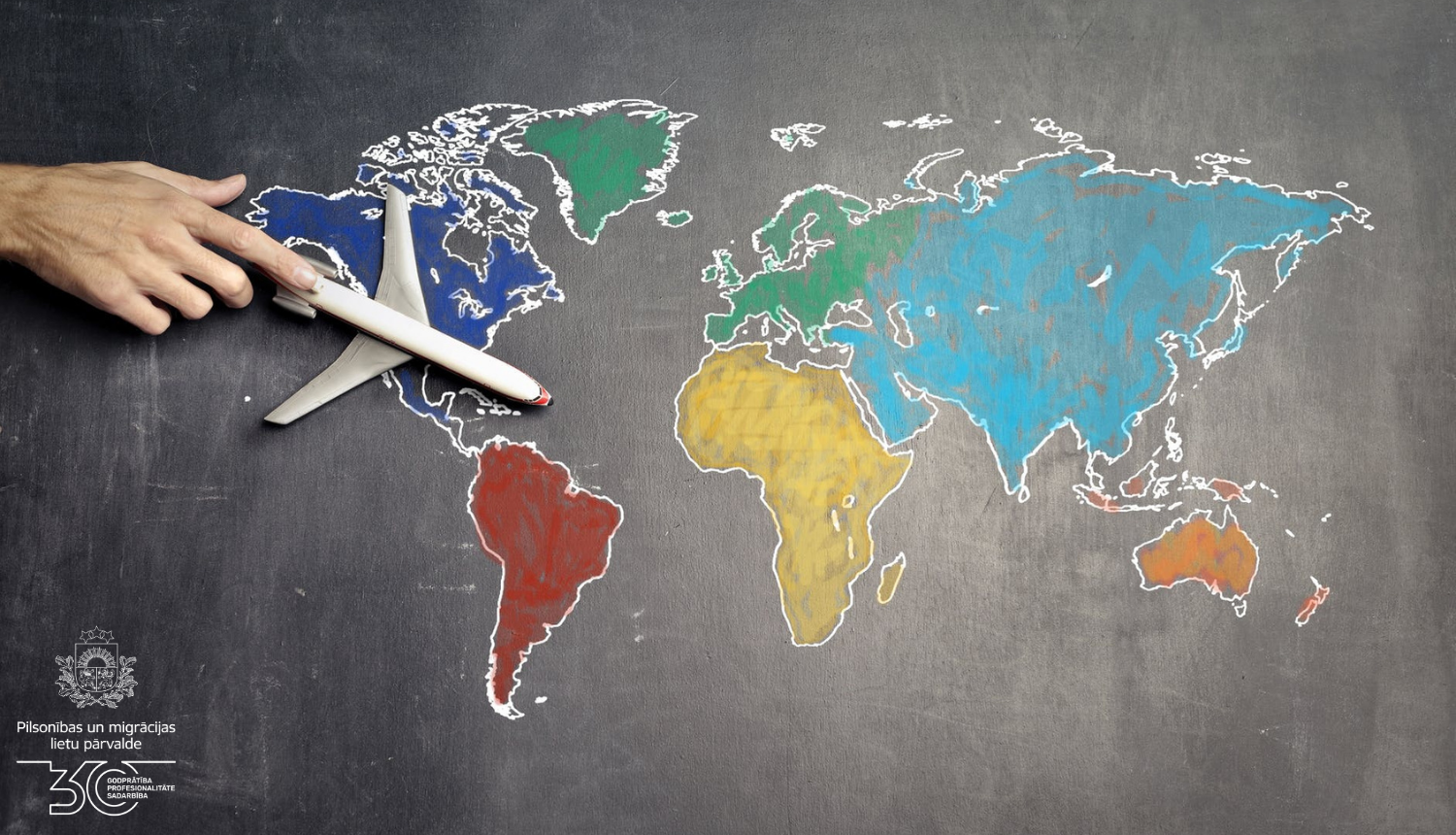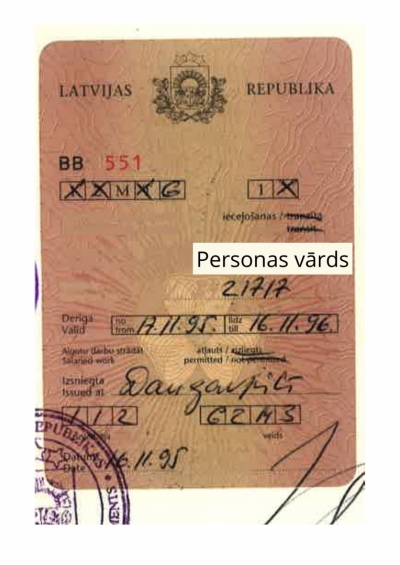In April will start our 30th anniversary month. Therefore, from today we start to tell about the history, functions and services of the OCMA.
This week, the focus is on migration. Read our latest article and find out interesting facts about visas and their history!
- What were the beginnings of visa introduction in Latvia?
- What changed when the Schengen Agreement entered into force?
- What is the procedure for issuing a visa today?
A visa is a standard sticker on a travel document. It is a temporary document that allows you to enter a country. After the visa expires, you must leave the country or contact the migration services to extend the visa.
Visas were issued in Latvia starting from 1993. At that time, it was not possible to enter Latvia without a visa. Tourists also needed an invitation, which was issued in paper form and sent by post to the invited foreigner.
Visa data - in a log
Compared to today, visa issuance was a rather complicated process. There were no computers with an internet connection to help collect data on immigrants and visas issued. When issuing visas in a wagon at the Latvian border, the visa inspectors filled in the visa stickers by hand and entered the data on the issued visa in a paper log.
Information on those persons who were denied entry to Latvia was collected in writing. When issuing visas, the staff searched through the printed pages each time, which was quite inconvenient.
The first visa stickers were presented to Latvia by the Swedish government, but starting from 1993, the stickers ordered from the Swedish company JSC “Tumba” were used.
Payment difficulties
There were still several currencies in circulation in the 1990s, which complicated the visa process. The payment of the state fee for visas was set in US dollars, but was collected in Latvian rubles, however, it was also possible to pay in the currencies of several European countries, such as German marks, Danish, Norwegian and Swedish krona and Dutch guilders. Inspectors had to monitor exchange rate changes on a daily basis. Only later it became possible to pay in Latvian lats.




